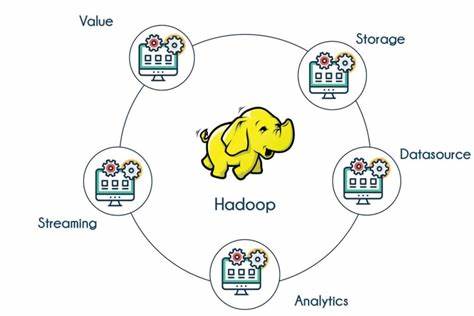Cloud application development is the process of developing applications that run on a cloud computing platform, such as Amazon Web Services (AWS), Microsoft Azure, or Google Cloud Platform (GCP). Cloud applications are typically developed using a cloud-based development platform, such as CloudFoundry or Heroku. There are many benefits to developing applications on a cloud platform, including scalability, flexibility, and cost savings. However, there are also some challenges, such as managing application dependencies and dealing with network latency. The following are eight of the most popular technologies for cloud application development: 1. Amazon Web Services (AWS) 2. Microsoft Azure 3. Google Cloud Platform (GCP) 4. CloudFoundry 5. Heroku 6. Docker 7. Kubernetes 8. Serverless
1) Cloud Application Development: Top 8 Technologies
#1. Cloud Native Application Development
With the rise of cloud computing, there has been a corresponding increase in the development of cloud native applications. These are applications that are designed specifically to be run in a cloud environment, as opposed to being designed to run on a specific platform or in a specific location.
There are many benefits to developing cloud native applications, including the ability to scale quickly and efficiently, the ability to take advantage of the latest cloud technologies, and the ability to run in a more cost-effective manner.
There are a number of different technologies that can be used for cloud native application development, including containers, serverless computing, and microservices.
#2. Container Technology
One of the most popular technologies for cloud native application development is containers. Containers allow you to package your application code and all of its dependencies into a single unit, making it easy to deploy and run your application in any cloud environment.
There are a number of different container technologies available, including Docker, Kubernetes, and Mesos.
#3. Serverless Computing
Serverless computing is another popular option for cloud native application development. With serverless computing, you can run your application code without having to provision or manage any servers.
instead, your code is run in response to events, and you only pay for the resources that your code uses.
There are a number of different serverless computing platforms available, including Amazon Web Services Lambda, Google Cloud Functions, and Microsoft Azure Functions.
2) What is Cloud Application Development?
Over the past few years, there has been a dramatic shift in the way that businesses develop and deploy applications. Cloud computing has become the norm, and as a result, cloud application development has become one of the most important skills for any software engineer.
In this blog post, we’ll take a look at what cloud application development is, some of the most popular technologies used for it, and some of the challenges that developers face when working in the cloud.
What is Cloud Application Development?
Cloud application development is the process of creating applications that are designed to run in a cloud computing environment. These applications can make use of the scalability and flexibility of the cloud to meet the needs of their users.
There are many different technologies that can be used for cloud application development, but some of the most popular include:
– Amazon Web Services (AWS)
– Microsoft Azure
– Google Cloud Platform (GCP)
– Apache CloudStack
Each of these platforms provides a different set of tools and services that can be used to develop cloud applications.
Some of the most common challenges that developers face when working in the cloud include:
– Security: Ensuring that data is secure and compliant with regulations can be a challenge in the cloud.
– Scalability: Application performance can suffer if an application is not designed to scale properly.
– Latency: The distance between the user and the application can impact performance.
3) The Benefits of Cloud Application Development
The cloud has become an integral part of business in the 21st century. Companies are using the cloud to store data, host applications, and even to power their entire business. Cloud application development is the process of creating applications that run on the cloud.
There are many benefits to developing applications on the cloud. The first benefit is that it is more cost-effective than traditional application development. Cloud application development does not require the same upfront investment in hardware and software that traditional application development does. This can save a company a significant amount of money.
Another benefit of cloud application development is that it is more scalable. Cloud applications can be easily scaled up or down to meet the needs of a business. This is in contrast to traditional applications, which can be more difficult and costly to scale.
Conclusion
There are many different technologies that can be used for cloud application development. However, not all of these technologies are created equal. Some are more suited for certain tasks than others. In this article, we will take a look at the top 8 technologies for cloud application development. 1. Docker Docker is a containerization platform that can be used to create, deploy, and run applications. It is one of the most popular technologies for cloud application development. 2. Kubernetes Kubernetes is a container orchestration platform that can be used to manage and deploy Docker containers. It is often used in conjunction with Docker.
Also read How To Get Rich Gambling – 11 Tips And Tricks To Win Serious Cash
